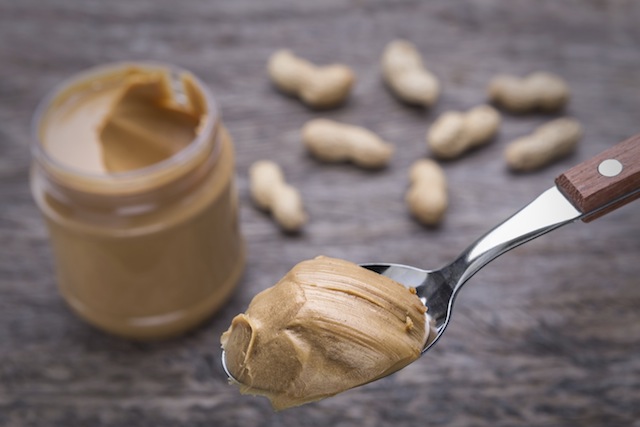Peanut allergy is the leading cause of death related to food-induced anaphylaxis in the United States. Because of this, many parents are afraid to introduce peanuts into their children’s diet. The published guidelines used to recommend waiting until after age 1 or even age 3 to introduce peanuts. Until Now. Ever since the conclusion of the LEAP study, we’ve learned a great deal about the development of peanut allergy in children at risk for food allergy. This trial was based on a prior observation that the prevalence of peanut allergy was 10-fold higher among Jewish children in the United Kingdom compared to Israeli children of similar ancestry.
The LEAP trial randomized 640 children, between 4 and 11 months of age, with severe eczema, egg allergy, or both to consume or avoid peanut-containing foods. The results were astounding.
Of the children who avoided peanut, 17% developed peanut allergy by the age of 5 years. Remarkably, only 3% of the children who were randomized to eating the peanut snack developed allergy by age 5. Therefore, in high-risk infants, sustained consumption of peanut beginning in the first 11 months of life was highly effective in preventing the development of peanut allergy.
In the majority of patients, peanut allergy begins early in life and persists as a lifelong problem. This is the first study that shows that peanut allergy can be prevented by introducing the food early enough before allergy develops.
This has changed all of the existing guidelines. In the general population and those with mild eczema, the new NIAID guidelines recently presented at the 2016 AAAAI conference recommend that dietary peanut introduction be introduced at home without an in-office evaluation. Infants with moderate-severe eczema can be seen by an allergist for further testing and possible in-office challenge.
I know it can be scary to introduce peanut at home, but to minimize the risk please follow the following guidelines:
Give the dose of problem food during daylight hours – not at night just before bed – so that you can observe any unexpected evolving reaction.
Give one dose of food each day, starting with a small amount of the food then trying a little more each day, and watch for any signs of allergic reaction over the next one to two hours. These include skin rash such as hives or eczema flare, swollen face, vomiting, diarrhea and possibly anaphylaxis: coughing, wheezing or difficult breathing, becoming pale and floppy or collapse.
If you notice any signs of anaphylaxis, call 911 immediately. For signs of milder allergic reaction, stop the food and give the appropriate dose of antihistamine. Make an appointment with your allergist for a follow-up.
Food can be introduced in the following amounts:
Day 1: A smear of food inside your child’s lip
Day 2: One-eighth of a teaspoon
Day 3: A quarter of a teaspoon
Day 4: Half a teaspoon
Day 5: One teaspoon
Day 6: Two teaspoons
Day 7 and beyond: Continue doubling the dose each day until a full serving is tolerated. Continue giving a full serve daily for the next week.
For more information:
Leap Trial: http://www.leapstudy.co.uk/

Meet Dr. Michelle Yasharpour
Dr. Michelle Yasharpour is a board-certified Adult and Pediatric Allergy and Immunology expert, ready to help diagnose and treat your allergies, asthma, atopic dermatitis/eczema, contact dermatitis, immunodeficiency, urticaria/hives, sinusitis, rhinitis, anaphylaxis, angioedema, and more.
Michelle was a wonderful doctor, and taught me so much about my own allergies. She's a kind, brilliant physician, and operates with upmost professionalism.

